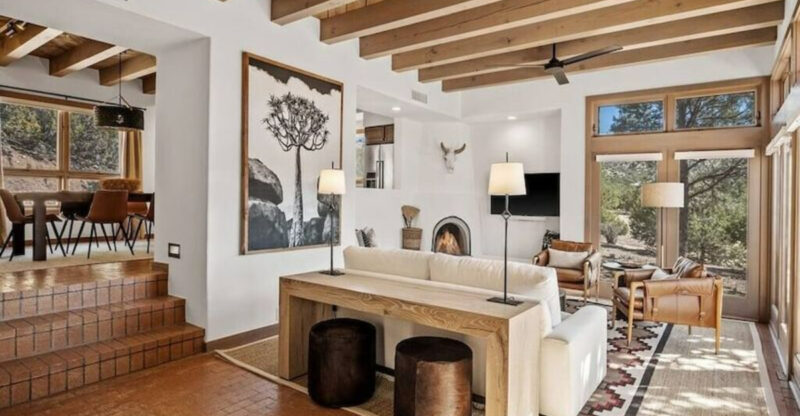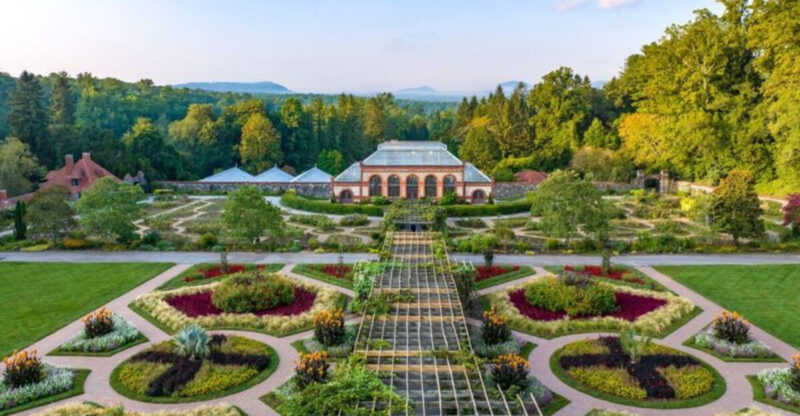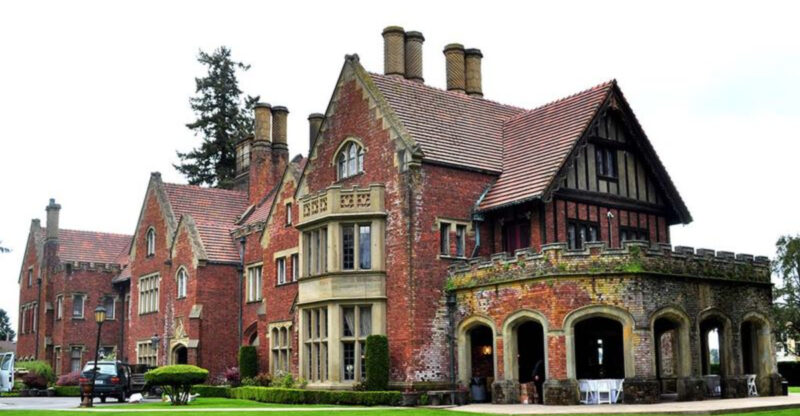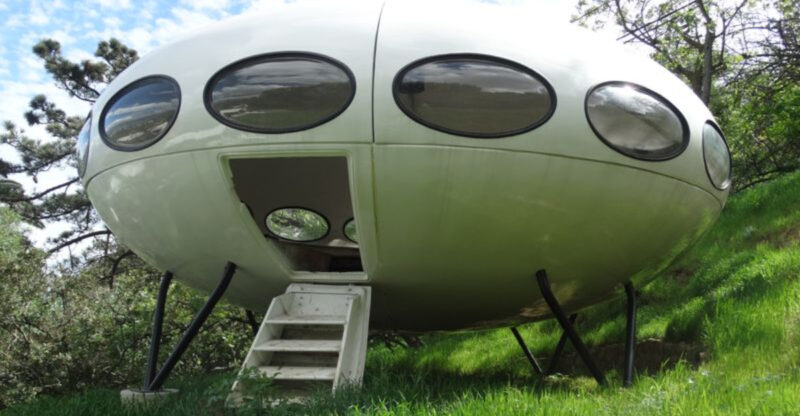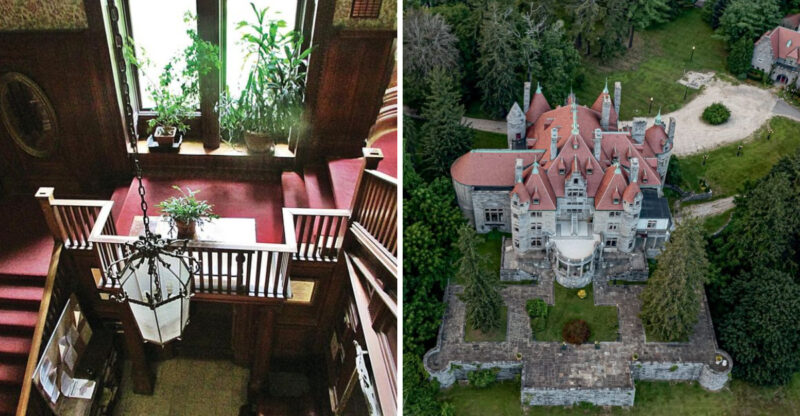Gilded Age Astor Mansions From New York City To Long Island
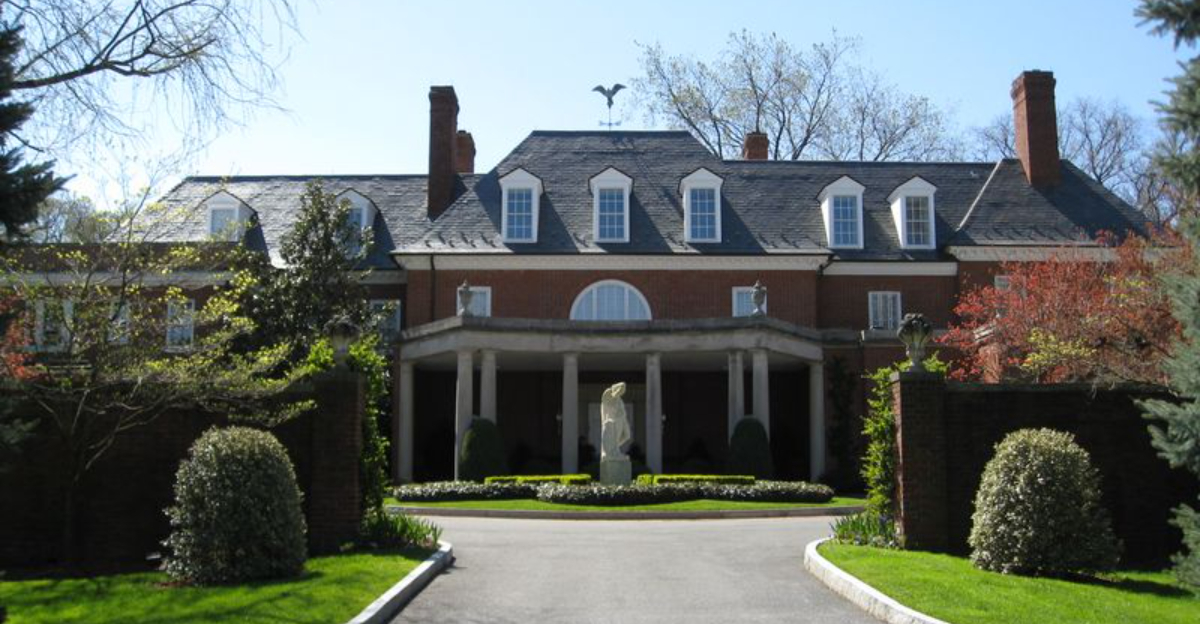
Picture this: towering ballrooms, marble staircases, and gardens that stretch as far as your eyes can see. The Astor family built some of America’s most jaw-dropping mansions during the Gilded Age, when being super rich meant showing it off in the biggest way possible.
These incredible estates tell stories of fancy parties, powerful families, and a time when New York’s wealthiest folks lived like royalty.
1. Astor Courts, Rhinebeck

Did you know that some mansions were built just for weekend getaways? Astor Courts became a countryside retreat where wealthy families escaped the noisy city streets. The estate featured beautiful architecture that mixed European styles with American comfort.
Guests would arrive by train and spend days exploring the surrounding forests and gardens. The mansion hosted elegant dinner parties where servants brought out course after course of fancy food.
Today, the property reminds us how the super-rich once lived in upstate New York.
2. Beechwood Mansion, Newport
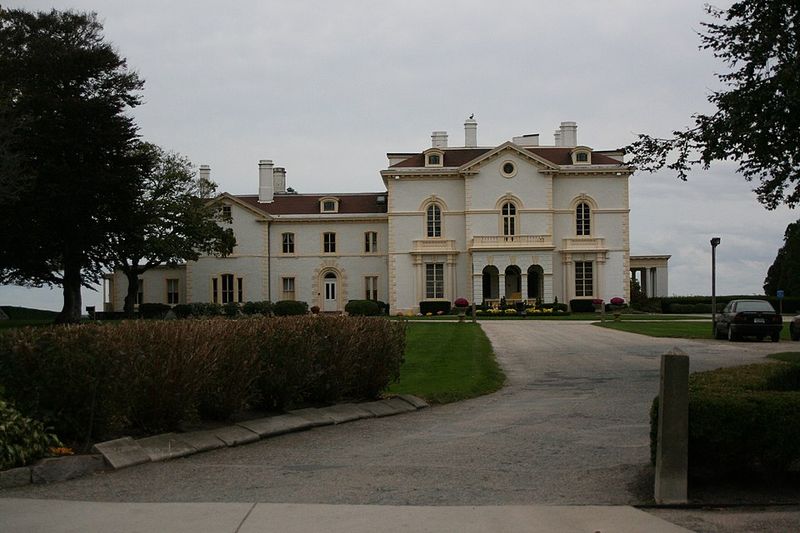
Mrs. Caroline Astor ruled New York society from this stunning Newport estate during summer months. She created the famous list of Four Hundred people who mattered most in high society. Her parties at Beechwood were so exclusive that getting an invitation meant you’d officially made it.
The mansion sparkled with chandeliers and gold-trimmed furniture that impressed even the richest guests. Servants wore fancy uniforms and followed strict rules about how to serve meals properly.
Walking through Beechwood today feels like stepping back into a glamorous time machine.
3. Ferncliff Estate, Rhinebeck

When you wanted privacy and space, Ferncliff delivered both in massive quantities! This sprawling estate covered hundreds of acres along the Hudson River with views that took your breath away. The Astor family used it as their personal kingdom away from prying eyes.
Horse stables, greenhouses, and walking trails made the property feel like its own little world. Family members could spend entire summers without ever leaving the grounds.
The mansion itself featured dozens of rooms, each decorated more beautifully than the last.
4. Rokeby Estate, Barrytown
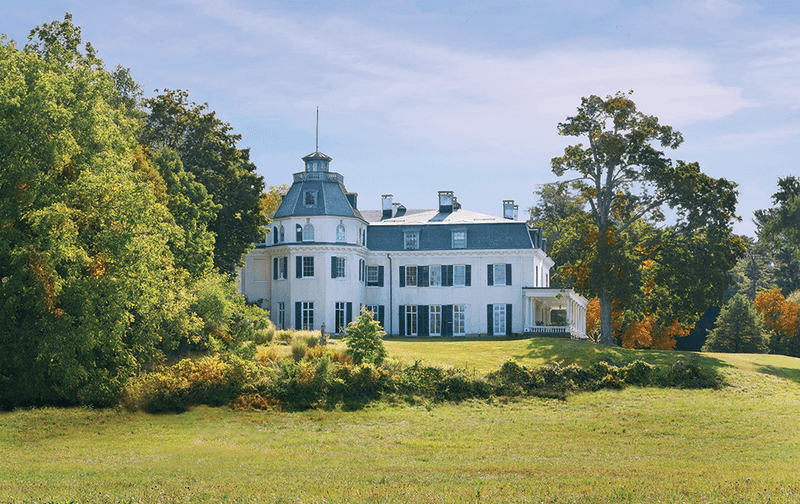
How cool would it be to live in a house that’s been in your family for generations? Rokeby started as a farmhouse but grew into a magnificent estate that housed the Astors for over 180 years. The property sat high on a hill overlooking the Hudson River like a watchful guardian.
Artists, writers, and musicians gathered here to share ideas and create amazing works. The mansion’s library held thousands of rare books that family members treasured.
Even today, Rokeby stands as a testament to American history and family legacy.
5. Rhinelander Mansion, New York City
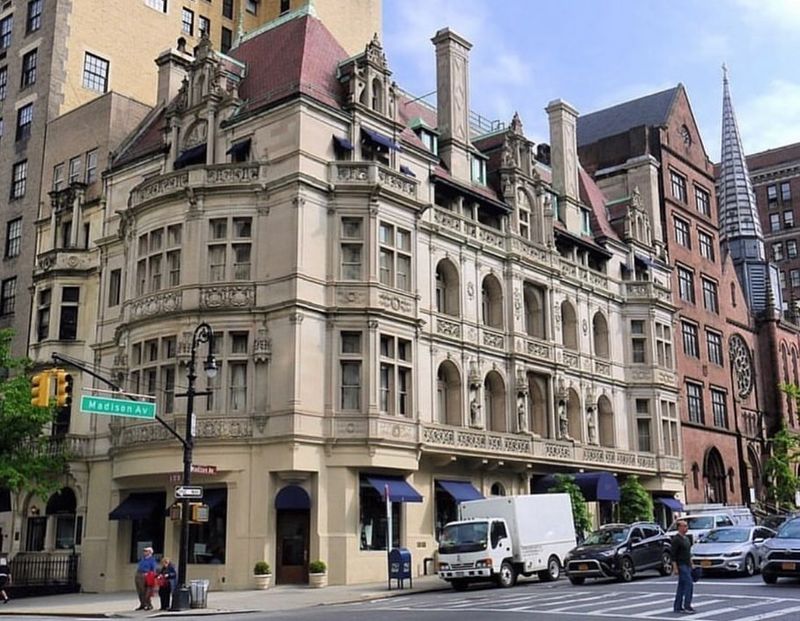
Right in the heart of Manhattan stood this architectural gem that made neighbors jealous! The Rhinelander Mansion showcased the finest craftsmanship money could buy in the late 1800s. Carved stone decorations covered the outside while silk wallpaper lined the inside walls.
City living never looked so fancy as it did in this urban palace. The family could walk to their favorite shops and restaurants while enjoying mansion-sized luxury.
Multiple floors meant everyone had their own private space, plus rooms for entertaining important guests.
6. Astor Row, New York City
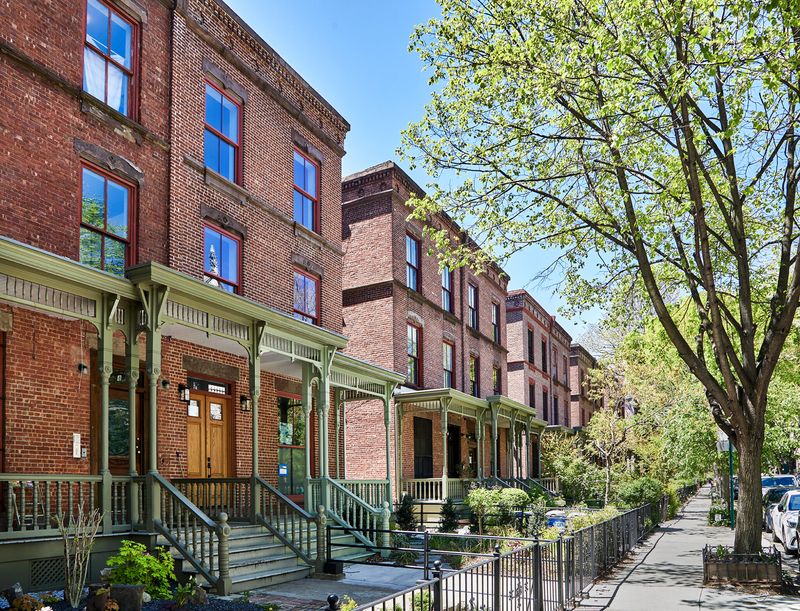
Imagine owning an entire block of matching houses that all looked picture-perfect! William Astor built these connected homes in Harlem as rental properties for wealthy tenants. Each townhouse featured wooden porches and brick facades that created a unified, elegant streetscape.
The architecture stood out because it brought suburban charm into the bustling city environment. Families loved the combination of privacy and community that row house living provided.
These historic buildings still stand today, reminding New Yorkers of the Astor family’s lasting impact on their neighborhoods.
7. Waldorf-Astoria Hotel, New York City

When two feuding Astor cousins couldn’t get along, they built competing hotels right next to each other! Eventually, the Waldorf and Astoria merged into one super-fancy hotel that became the most famous in America. Presidents, movie stars, and royalty all stayed in its luxurious rooms.
The hotel introduced innovations like room service and private bathrooms that seem normal now but were revolutionary then. Guests dined in restaurants decorated with crystal and gold that sparkled under electric lights.
Though the original building is gone, the Waldorf Astoria name still means ultimate luxury.
8. Cliveden House, Bucks County

Built in 1767, this Georgian mansion became connected to the Astor family through marriage and represents one of their earliest American properties. The stone structure survived the Revolutionary War’s Battle of Germantown, where bullet marks still scar its walls today.
Cliveden showcases classic colonial architecture with its symmetrical design and elegant proportions. The estate features beautiful period furnishings that transport visitors back centuries.
Unlike flashier Gilded Age palaces, this house emphasizes understated refinement and historical significance. The Astor connection helped preserve this National Historic Landmark for future generations to explore and appreciate.
9. Astor House Hotel, New York City
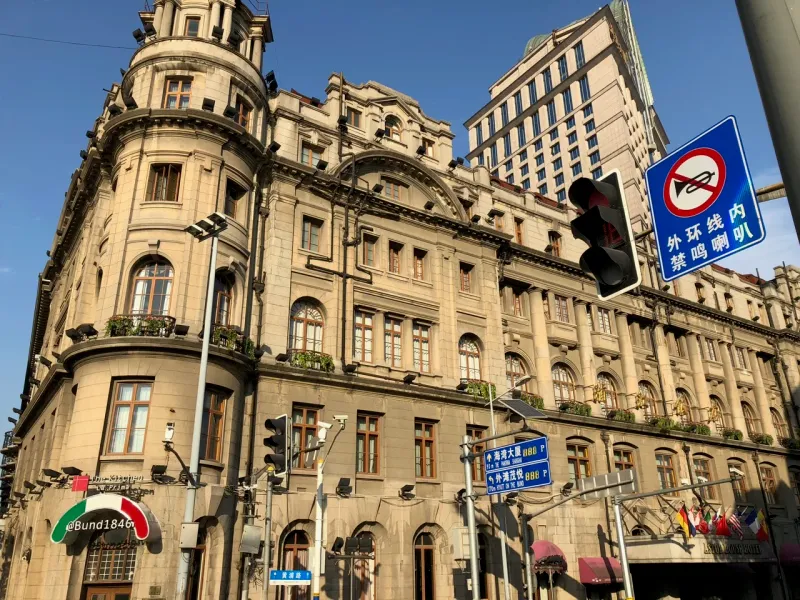
John Jacob Astor revolutionized New York hospitality when he opened this luxurious hotel in 1836. Standing six stories tall, it became America’s first true luxury hotel, introducing innovations like indoor plumbing and gas lighting that astonished guests.
Located near City Hall, the building attracted presidents, celebrities, and international dignitaries. Its marble floors and ornate chandeliers set new standards for elegance.
The hotel demonstrated Astor’s business genius beyond fur trading and real estate. Though demolished in 1913, its legacy influenced countless hotels worldwide and proved the Astor name meant unmatched quality and sophistication.
10. Mount Hope Estate, Rhinebeck
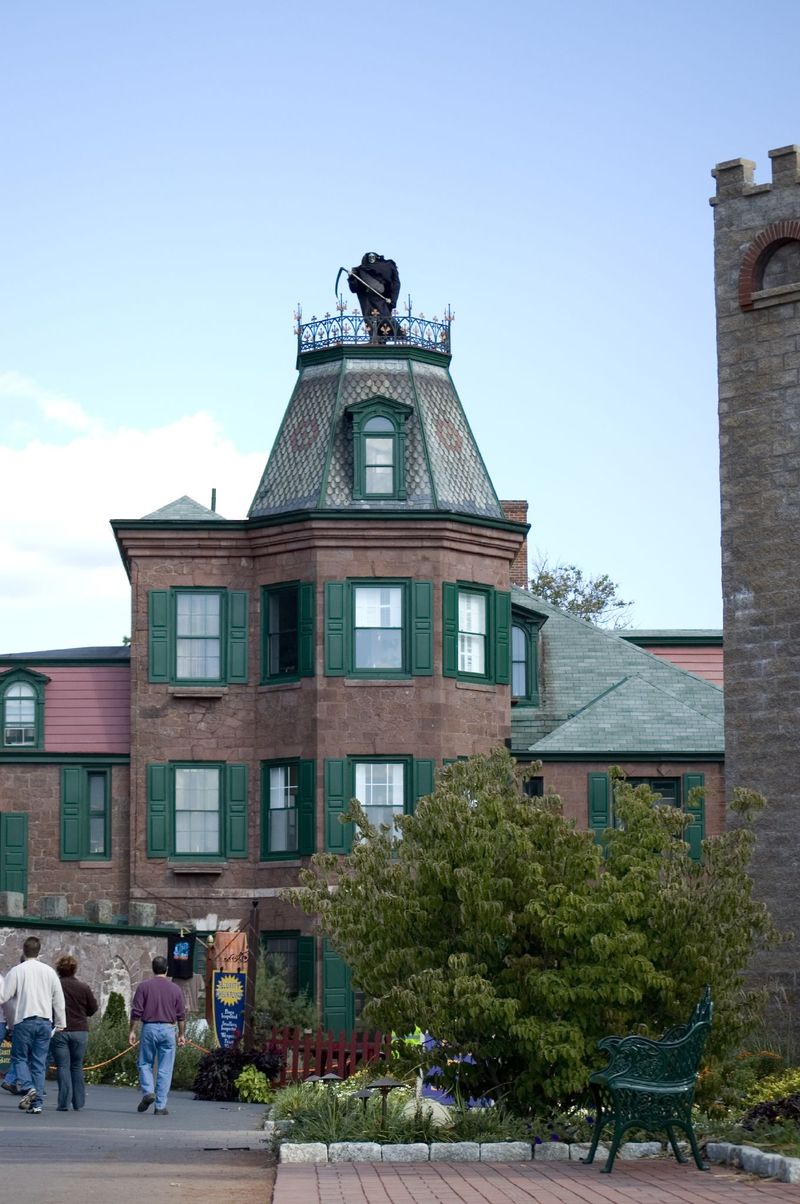
Perched above the Hudson River, this sprawling estate offered the Astor family peaceful refuge from Manhattan’s chaos. The property’s commanding views stretch for miles across the valley, providing spectacular sunset vistas that captivated generations.
The mansion features wraparound porches perfect for summer entertaining and cozy libraries for winter reading. Extensive gardens once employed dozens of groundskeepers to maintain their perfection.
Rhinebeck became an Astor stronghold with multiple family properties clustered nearby. This estate exemplified their preference for Hudson Valley living, where fresh air and natural beauty complemented their urban wealth.
11. Bellevue House, Hudson
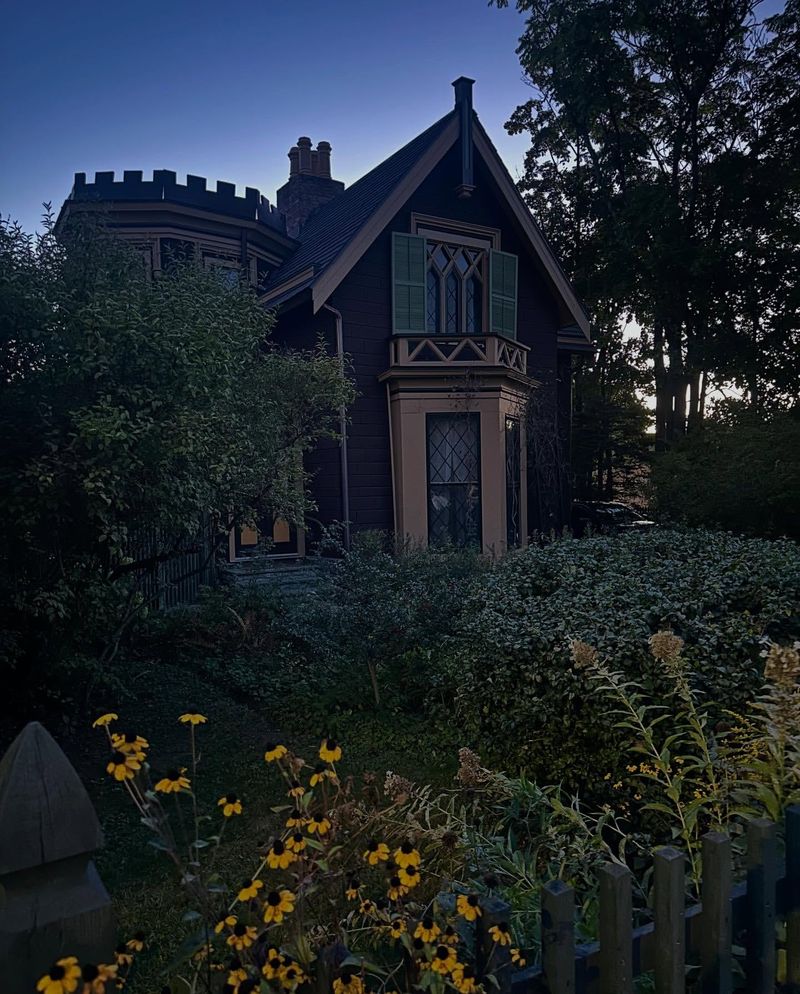
Commanding spectacular river views, Bellevue House represents Federal-period elegance at its finest. The brick mansion’s symmetrical facade and delicate detailing showcase architectural restraint that contrasts with later Gilded Age excess.
Wide hallways and high ceilings created cooling breezes during hot summers before air conditioning existed. The property included extensive orchards and vegetable gardens.
Astor family members appreciated Hudson’s thriving cultural scene and proximity to their other valley properties. The house hosted intimate gatherings where business dealings mixed with leisure, demonstrating how the family blended work and pleasure seamlessly throughout their empire.
12. Oakland Farm, Rhinebeck
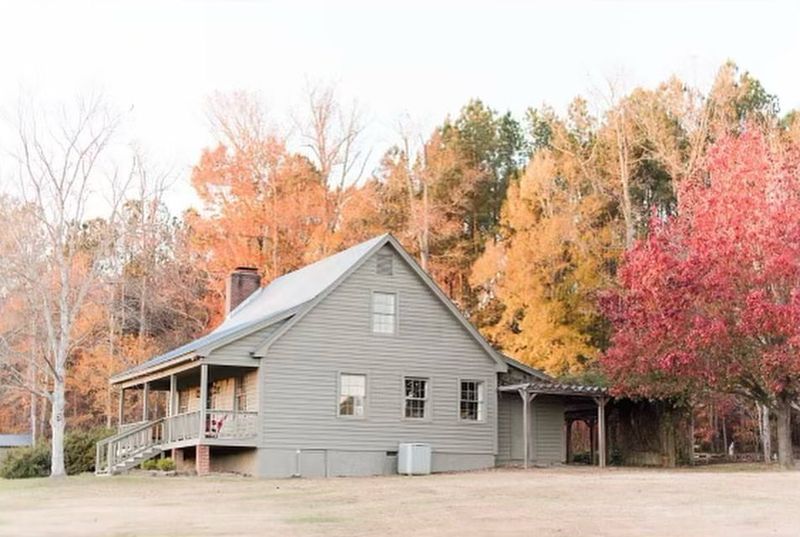
Working farms weren’t just for show among the Astors—Oakland Farm actually produced crops, dairy products, and livestock that supplied their other estates. The gentleman’s farm concept allowed wealthy families to play at agriculture while maintaining luxurious lifestyles.
The farmhouse blends practical design with elegant touches like hand-carved woodwork and imported tile. Large kitchens accommodated preserving seasonal harvests.
Children in the family loved visiting Oakland Farm, where they could ride horses, collect eggs, and experience country life safely. These experiences grounded privileged youngsters in understanding where food came from and respecting nature’s rhythms.
13. Astor Family Mansion, Newport

Newport’s summer colony attracted America’s wealthiest families, and the Astors maintained a magnificent presence among the famous “cottages” lining Ocean Drive. Their mansion featured innovative design elements that maximized ocean breezes and spectacular water views from every major room.
Elaborate gardens cascaded toward rocky coastlines where waves crashed dramatically. Tennis courts and croquet lawns hosted competitive matches.
Summer seasons brought endless parties, yacht races, and social competitions that defined the era’s extravagance. The Astor mansion stood as proof that their dynasty extended beyond New York to dominate fashionable society wherever they chose.
14. Fernbrook Estate, Rhinebeck
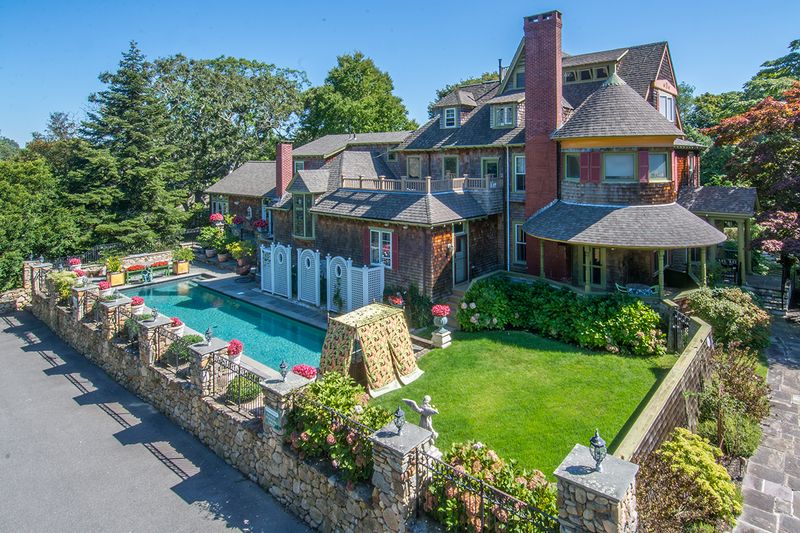
Gothic Revival architecture gives Fernbrook a romantic, almost fairytale quality that captured Victorian imaginations. Pointed arches, decorative trim, and a distinctive tower make this estate instantly recognizable among Astor properties.
Dense woodlands surround the house, creating privacy and natural beauty that changes dramatically with seasons. Walking trails wind through the property.
The estate’s name comes from abundant ferns carpeting the forest floor in spring and summer. Astor family members particularly enjoyed this property’s secluded atmosphere, where they could truly relax away from society’s demanding expectations and constant public attention.
15. Hillwood Estate, Washington
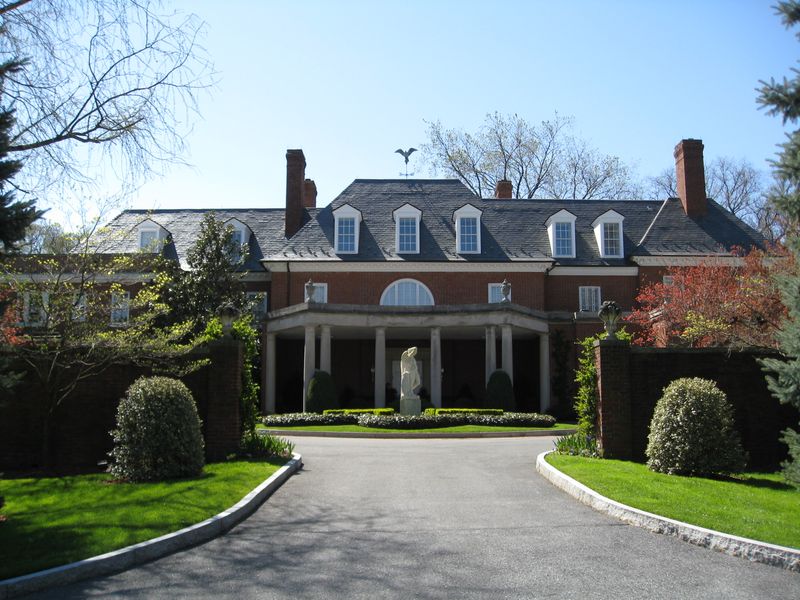
Marjorie Merriweather Post, an Astor descendant, transformed this Washington estate into a showcase for her extraordinary art collection. The mansion houses priceless Faberge eggs, French furniture, and Russian imperial treasures that dazzle visitors even today.
Meticulously maintained gardens include a Japanese garden, rose garden, and greenhouse displaying exotic orchids. Every detail reflects refined taste.
Post entertained presidents, ambassadors, and cultural leaders here, continuing the Astor tradition of influencing American society through gracious hospitality. The estate now operates as a museum, preserving her remarkable legacy for public enjoyment and education.
16. Astor Family Estate, Long Island
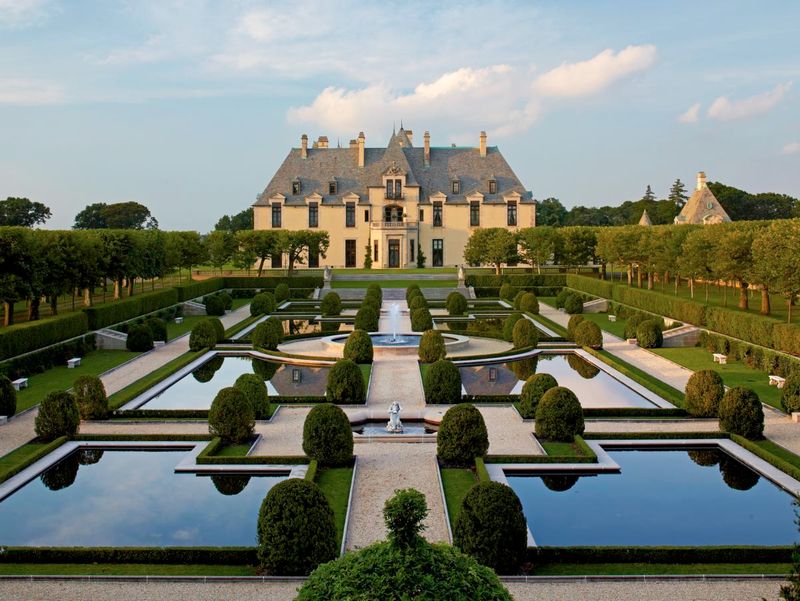
Long Island’s Gold Coast attracted wealthy New Yorkers seeking summer escapes, and the Astors claimed prime waterfront property for their seasonal residence. The mansion’s design emphasized indoor-outdoor living with expansive terraces and floor-to-ceiling windows capturing ocean breezes.
Private beaches allowed family swimming and boating away from public eyes. Elaborate parties featured fresh seafood and entertainment lasting until dawn.
The estate represented the family’s continued dominance in fashionable society circles well into the 20th century. Though smaller than their earlier palaces, it maintained impeccable standards reflecting Astor values of quality and elegance.
17. The William Astor House, New York City
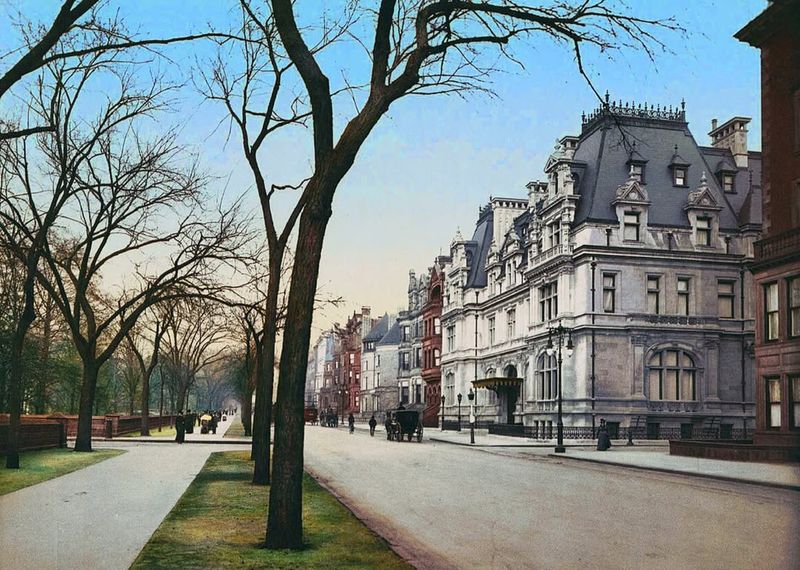
William Backhouse Astor Jr. commissioned this substantial brownstone that embodied New York’s evolving architectural tastes during the mid-19th century. Located in what became the city’s most fashionable neighborhood, it announced the family’s permanent commitment to Manhattan living.
Rich wood paneling, marble fireplaces, and gas chandeliers represented cutting-edge luxury. A private art gallery displayed European masterpieces.
The house witnessed crucial family decisions that shaped their business empire and social influence. Here, strategies were plotted, marriages arranged, and fortunes managed with the careful attention that kept the Astor name synonymous with American aristocracy.

